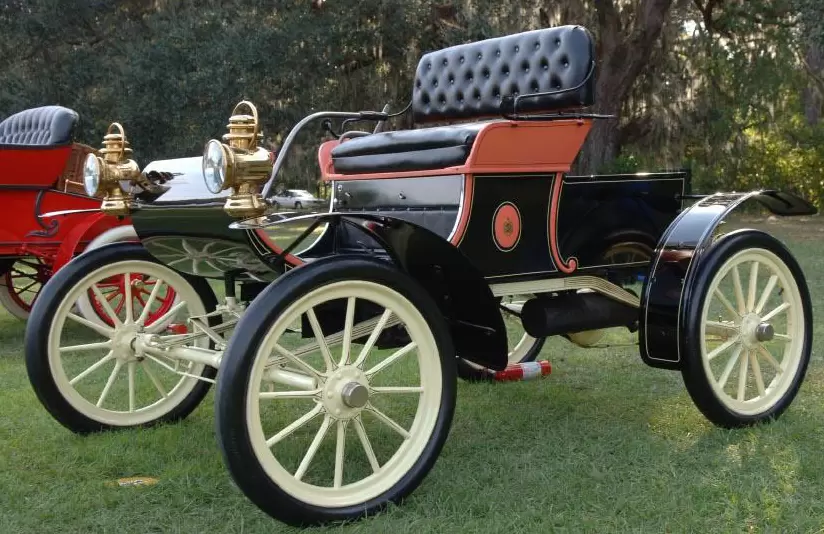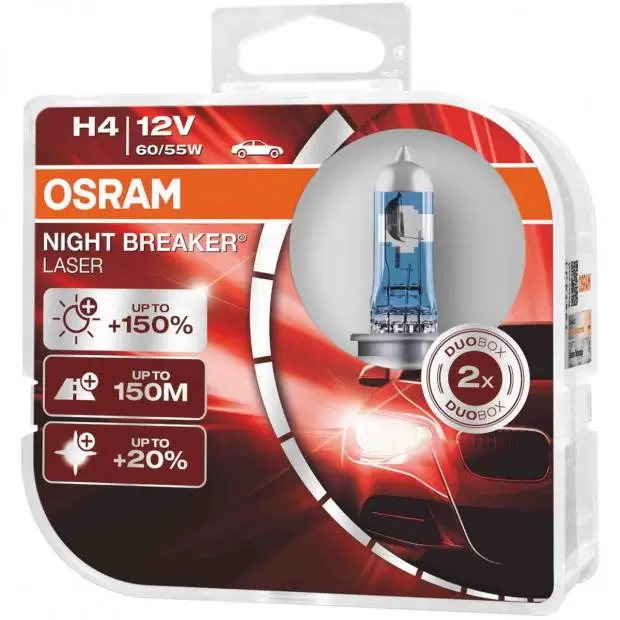Early headlights
The first headlights were invented in the 1880s, around the time the automobile was invented. However, headlights were far from standard in these early  vehicles. Without the power of electricity, it was nearly impossible to build a headlight that worked. The very first headlights were acetylene lamps. These contained a small flame, which could withstand some wind and rain.
vehicles. Without the power of electricity, it was nearly impossible to build a headlight that worked. The very first headlights were acetylene lamps. These contained a small flame, which could withstand some wind and rain.
Electric headlights were first developed in 1898. They initally had many problems, and as such didn't become popular straightaway. It wasn't until the early 1900s that electric headlights became more mainstream.
As automobiles grew in popularity, headlights improved. In 1912, Cadillac created cars with the first modern electric system, including electric headlights. In 1913, Henry Ford began mass-producing the Model T, and the automobile industry took off.
Improvements in headlights
Since electric headlights became standard, there have been many improvements. In 1915, the first dipping low-beam headlights were produced. These required the driver to get out of the car to switch between high and low beam. Soon after, dipping headlights that could be switched from inside the car were introduced.
In the 1940s, headlights began to look a little more like the headlights of today. 1940 saw the first round sealed beam headlight. For decades afterwards,  American cars were only permitted to use round sealed beam headlights, making them the industry standard. These sealed beam headlights meant that drivers couldn't replace their headlight bulbs.
American cars were only permitted to use round sealed beam headlights, making them the industry standard. These sealed beam headlights meant that drivers couldn't replace their headlight bulbs.
Clear aerodynamic headlight covers soon became popular in Europe. These featured replaceable bulbs and were preferred by auto manufacturers and drivers alike. However, they weren't allowed in the United States until 1983. This meant that manfacturers who wanted to sell in America had to create workarounds. Some car makers used different front ends in European and North American models. Others built cars with pop-up headlights that conformed to American standards.
Halogen and HID bulbs
Halogen builbs, which have become standard on today's cars, were introduced in Europe in the 1960s. Again, the United States lagged behind, due to outdated regulations. American cars were legally limited to much dimmer headlights and couldn't take advantage of the new halogen bulbs. The US caught up with Europe in the 1980s, and headlights are now virtually the same on either side of the Atlantic.
The next big improvement came in the 1990s with the introduction of xenon HIDs. HID bulbs use an electric arc and are filled with xenon gas that gives them a brighter glow and a slightly blue tint. These bulbs have become standard on luxury vehicles, and are fast becoming more common on all types of vehicles today.

Shop car bulbs here.

















_120_41.png)










 Close
Close